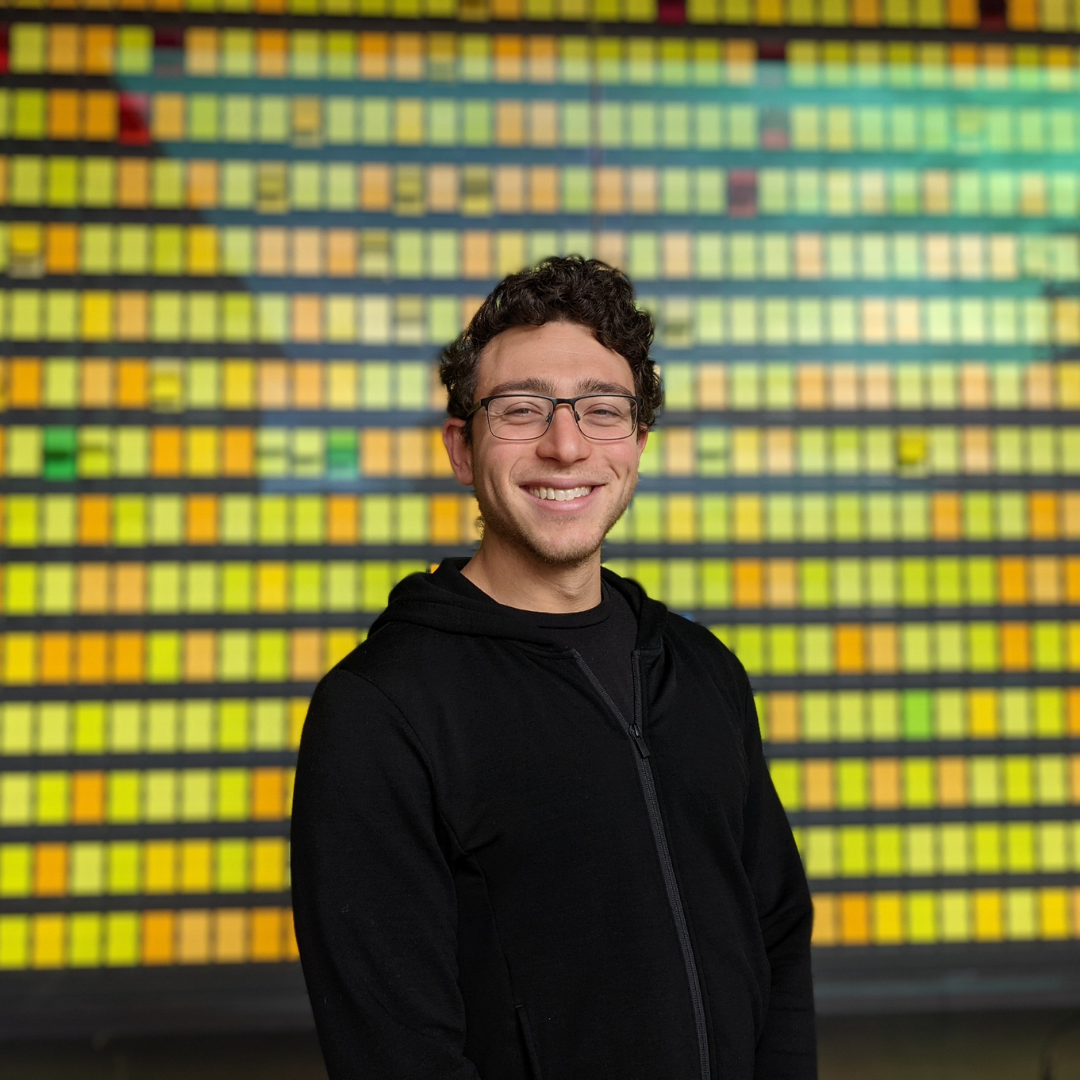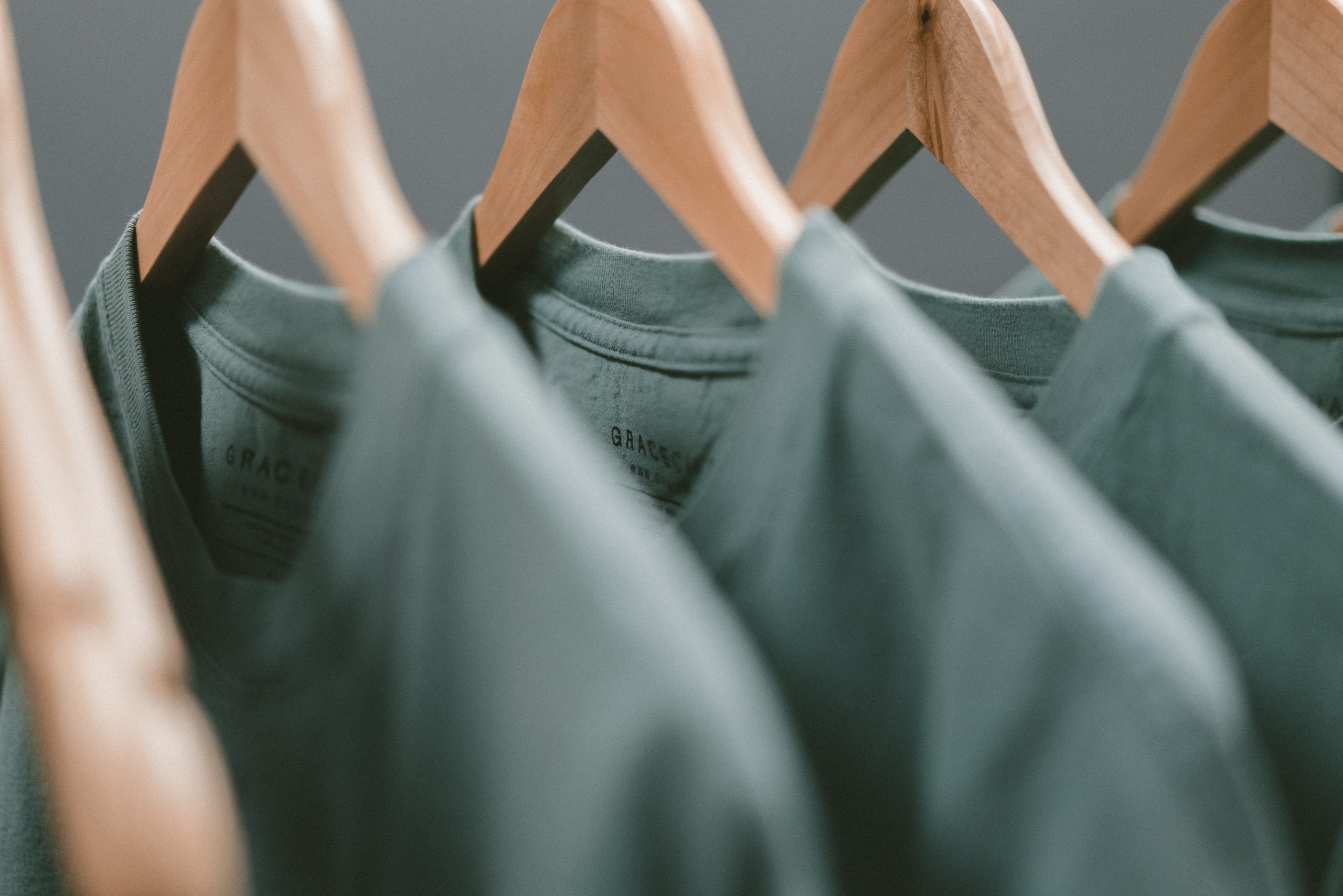The fashion industry is often cited as the second largest polluting of our planet today, and it’s often not just bad for the environment, but also for the garment workers who most often live in communities disproportionately affected by climate change. Yet consumers often don’t know where to begin shopping for more sustainable options or how to continue shopping that way because it’s so time consuming and greenwashing abounds. Because of this, the brands who are doing great work to mitigate impact on our environment struggle to grow. This week, Erin Houston, the CEO of wearwell, addresses how wearwell is addressing this issue.
What is the mission of wearwell? Can you describe what your company does, the impact, and how it differs from other competitors in the space?
Wearwell is an online membership service to shop for sustainable clothing. We make it easy to discover and buy clothing that pays garment workers fairly and uses environmentally sustainable materials. Through our service, wearwell members receive a monthly selection of ethically and sustainably made clothing curated just for them, delivered to them digitally through their inbox. We ship them only what they’ve chosen to purchase and they shop with us all over again next month.
We help brands that meet our specific criteria (for wages and environmental impact) to grow through direct revenue and introduction to more customers in their target market.
Beyond being the only company that’s focused on curating clothing for the conscious consumer, wearwell’s business model has a 75% less carbon footprint than subscription box services. Additionally, we can communicate clearly about the impact of each item and have built trust with our customers through our brand vetting process.
What does the ecosystem currently look like?
The ecosystem lacks a distribution channel for sustainable brands to reach new customers and grow. Most emerging brands rely on DTC channels for about 20% of their revenue and the rest through wholesaling to boutiques. Customers are seeking a way to discover emerging brands in one place, tailoring just for them. By combining curation with discoverability of ethical and sustainable brands, we’re filling an open space in the market that will further unlock growth for our brand partners.
What are the current trends in the sector? What does the future look like?
Since mid-2020, consumers are paying attention more than ever to how they choose to spend their money. Consumers are more mindful of social justice issues and how we need to care for the environment. As such, they are buying less overall, but spending more on individual items, in addition to asking questions about fair wages and materials. Getting the fashion industry to a sustainable place is going to take many, many solutions, including consumers buying more secondhand, circular business models, textile recycling technologies, and more. We’re one piece of the puzzle when someone wants to add something new to their wardrobe and we’re excited to see the technologies that grow up alongside us as more begin to invest in solutions.
Outlook
GenZ represents an enormous wave of consumers that view the role of business as involving community and stakeholders, especially when it comes to the environment. This includes circular business models – consumers will be mindful about what they are purchasing, from a production and post-consumption perspective, and producers will become more intentional and more accountable for the end of life of their products. Companies like wearwell will help bridge this gap for mindful consumers.
About The Author

Daniel currently works at Lawrence Livermore National Laboratory. His original assignment was to maintain and update facility safety documentation for all facilities on-site, and perform risk analysis. Over time, his role has expanded to leading continuous improvement efforts through product management.
Concurrently, Daniel volunteers with Techstars, helping organize startup weekends, and with the American Institute of Chemical Engineers, organizing events on the local and national levels of the organization. He also volunteers with One World, and previously with Powerhouse Ventures, to source and screen startups for potential investment.
Daniel holds a BS in Chemical Engineering from UC Davis, and recently completed coursework in energy innovation from Stanford. His passion is at the intersection of sustainability, innovation, and business.

